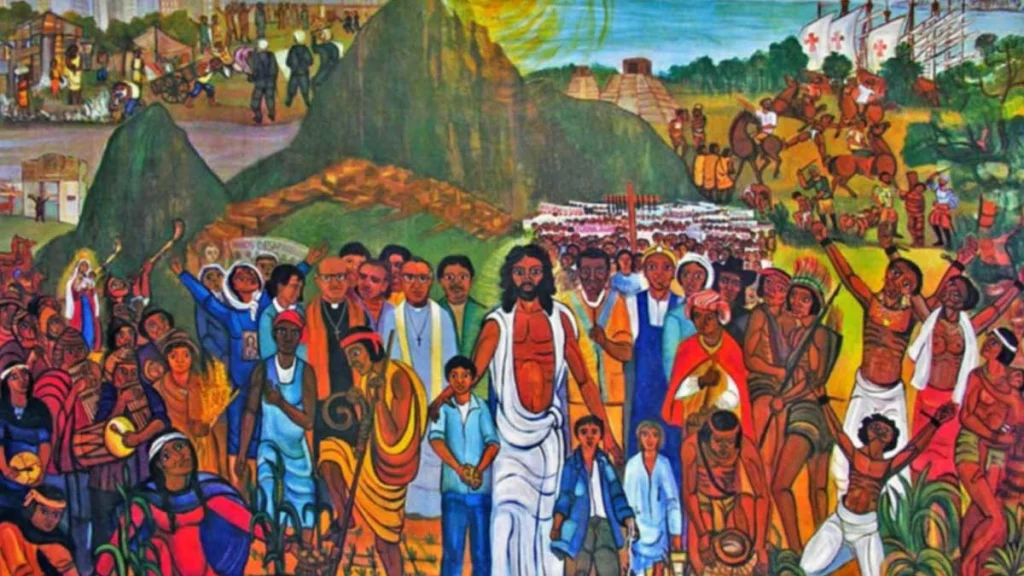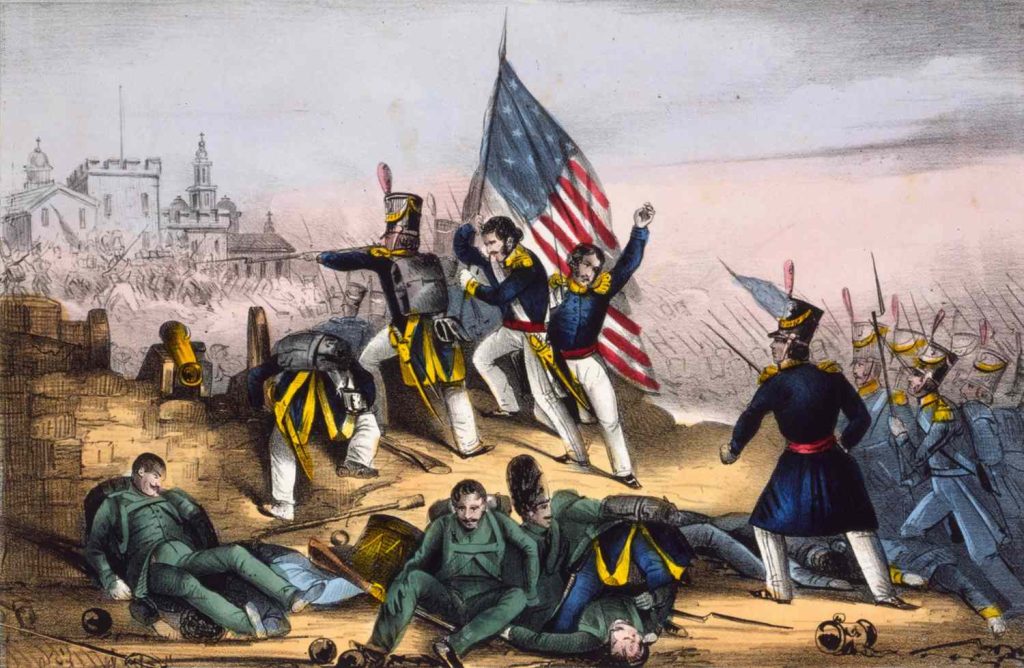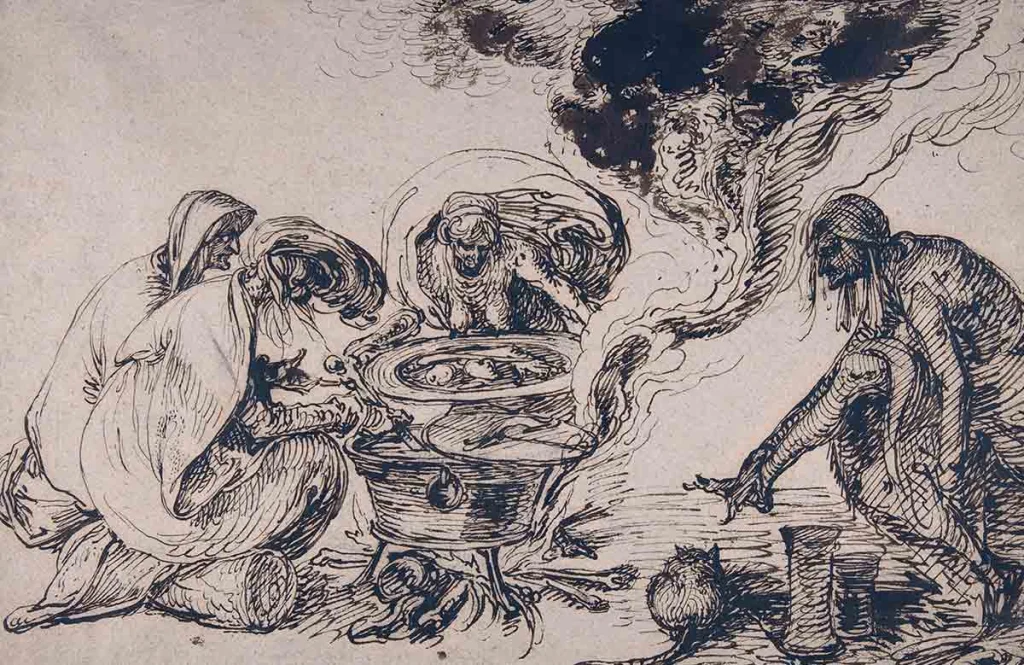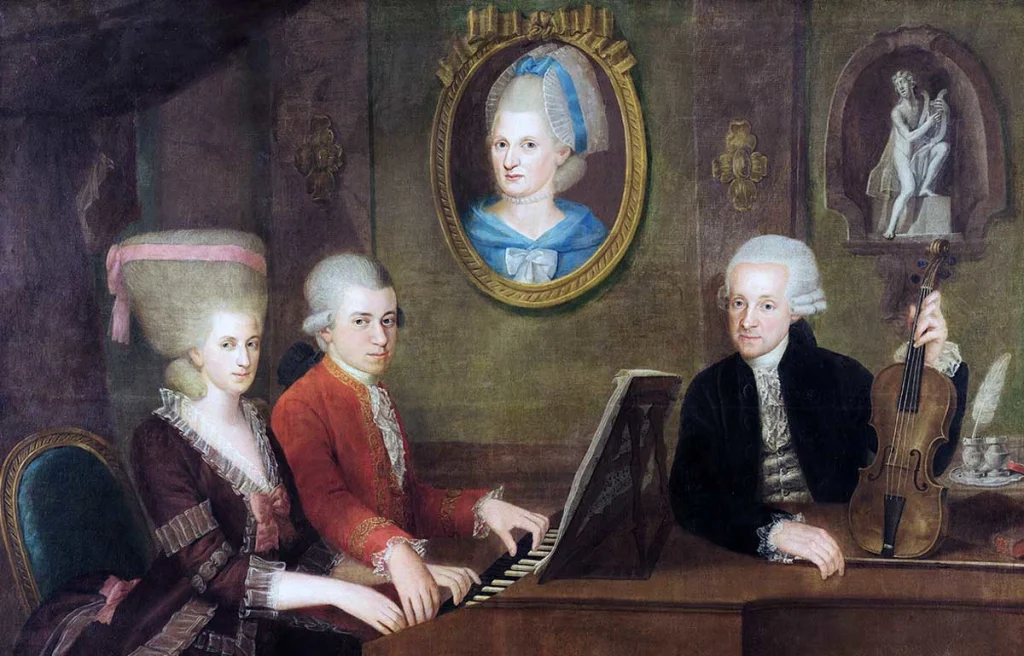Nero Claudius Caesar Augustus Germanicus began life on 15 December 37 CE as Lucius Domitius Ahenobarbus, the only child of the volatile noble Gnaeus Domitius Ahenobarbus and the ambitious Agrippina the Younger. His lineage was glittering yet lethal: through his mother he was a great-grandson of Emperor Augustus, while his father’s side traced back to Antony. From birth, therefore, Nero lived in the crosshairs of palace intrigue. When the notorious Caligula banished Agrippina, the toddler Nero felt the first ripple of imperial instability.
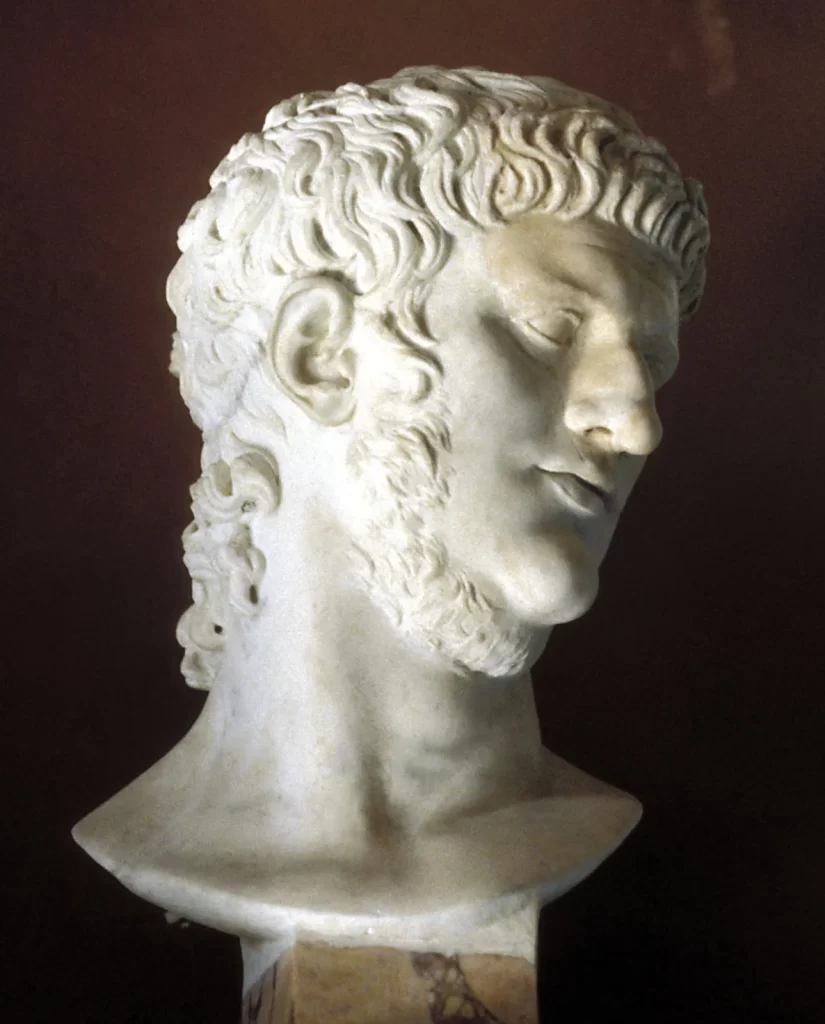
Adopted by Emperor Claudius in 50 CE, Lucius became “Nero Claudius Caesar,” leapfrogging Claudius’ biological son Britannicus in the line of succession. Agrippina carefully orchestrated tutors—above all the Stoic philosopher Seneca—to groom Nero for rule. Whether these early lessons truly instilled Stoic moderation is still hotly debated, but they armed a teenager with rhetoric, an appetite for the arts, and a belief that emperorship could be performance as much as policy.
👑 Path to the Throne
Claudius’ sudden death in 54 CE (ancient gossip whispered poisoning) elevated the 16-year-old Nero as the empire’s new princeps. At first, his reign looked like a triumph of enlightenment. A governing quartet—Agrippina, Seneca, the Praetorian Prefect Burrus, and the youthful emperor—balanced each other’s ambitions. Taxes were trimmed, public games lavish, and Senate prerogatives flattered. Citizens cheered; senatorial pens recorded an age of gold returning.
Yet behind the veil of collegial rule, frictions multiplied. Agrippina expected her adult son to remain her political marionette. Seneca pressed Stoic propriety; Nero pressed a stylus to parchment composing odes. Burrus policed the palace. By 59 CE Nero ordered his mother murdered on the Bay of Naples, severing Rome’s most notorious umbilical cord and setting in motion rumors of matricidal madness that would dog him in every subsequent narrative.
🎭 Nero the Artist
Unlike predecessors who brandished swords, Nero brandished a lyre and stylus. He adored Greek culture, shaved facial hair Greek-style, and took the stage in public singing contests—scandalous for an emperor, for performing arts were associated with social inferiors. To ancient aristocrats, a ruler seeking applause in theaters signaled misplaced gravitas; to Rome’s commoners, it was thrilling entertainment.
His artistic ventures weren’t mere vanity projects. Nero showered prizes on poets, constructed a new wooden theater for dramatic festivals, and revived interest in the Olympic Games (postponing politics to compete in a chariot race where he famously “won” despite falling out mid-course). Modern scholars sift these acts for genuine cultural patronage versus ego run wild. The sources—Tacitus with sardonic disdain, Suetonius with lurid gossip—offer little charity.
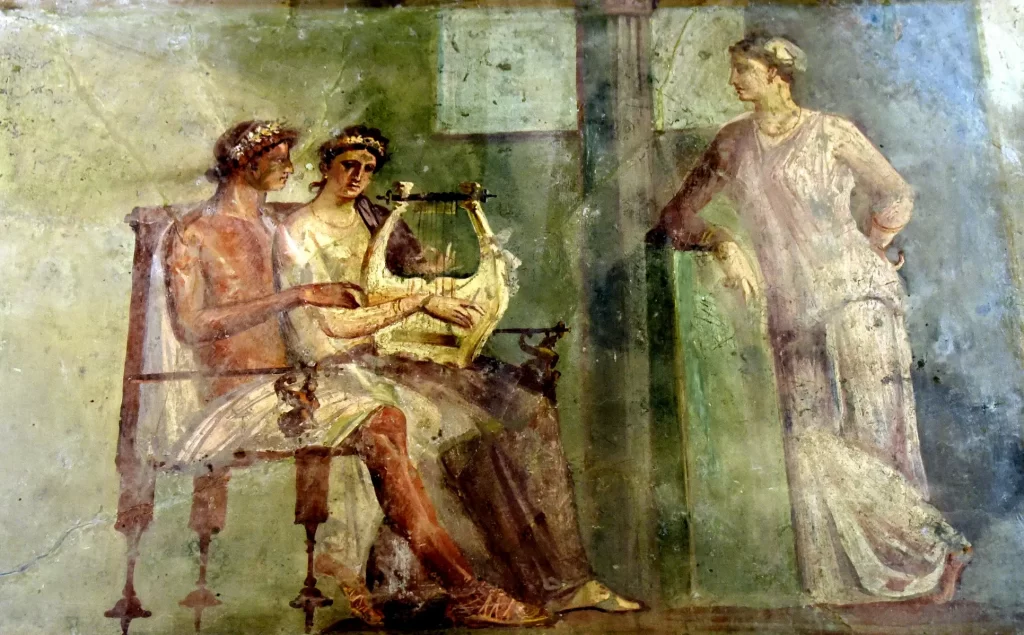
🔥 The Great Fire of Rome: Arsonist or Scapegoat?
On the night of 18 July 64 CE, flames erupted in the shops near the Circus Maximus. For six harrowing days, firestorms swept Rome’s wooden insulae, sparing little beyond the Capitoline and Forum of Augustus. Ancient chroniclers accuse Nero of watching the inferno from the Palatine, plucking his cithara while reciting verses on Troy’s burning. Others note that Nero was in Antium when word reached him and raced back to coordinate relief. He opened his gardens as refugee camps, slashed grain prices, and personally funded debris clearance.
So why the villainous legend? Two key factors:
- Urban Renewal – Within months, Nero unveiled an audacious reconstruction blueprint: wider streets, height-restricted apartments in fire-resistant brick, and above all his lavish Domus Aurea (“Golden House”) rising from ashes in the heart of the city. Envy and displacement bred suspicion: had the emperor torched Rome to build a private pleasure palace?
- Ancient Spin Doctors – Elite historians loathed Nero’s populism. Pinning the fire on him justified their moral outrage.
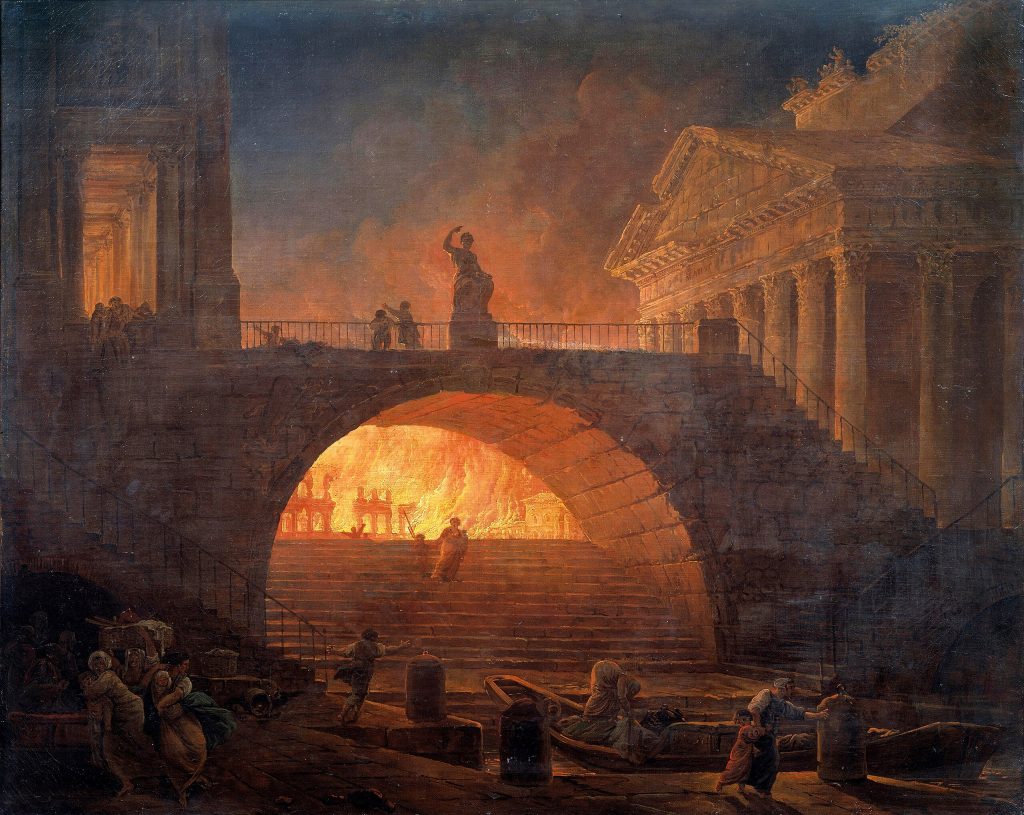
To deflect rumors, Nero targeted a marginal sect—the Christians—as scapegoats. Their members, already mistrusted for secret rituals, were rounded up, crucified, torn by dogs, or burned as living torches in the emperor’s gardens. Here, mythic cruelty fuses with propaganda: was Nero cynically violent or fatalistic in maintaining public order? Either way, the persecution etched an indelible stain on his memory, ensuring that Christian chroniclers labeled him antichristus for centuries.
⛪ Persecution of Christians
Christianity in 64 CE was a tiny, mostly urban movement. Tacitus records Nero’s punishment as far exceeding guilt: “a refined cruelty” designed to satisfy public vengeance. Yet archaeological evidence for mass executions is elusive; martyrdom acts likely merge multiple episodes into a single spectacle. Regardless of numerical scale, Nero’s precedent made later emperors view Christians as convenient lightning rods when crises struck. <br>
Caption: “Third-century fresco of Christ the Good Shepherd, Catacombs of Priscilla—early Christians worshipped in secrecy under emperors like Nero.”
🏰 Building Ambitions: Domus Aurea and Urban Renewal
Stretching from the Palatine to the Esquiline hills, the Domus Aurea dazzled contemporaries: revolving dining rooms; frescoed ceilings strewn with jewels; artificial lakes reflecting colonnades. Far from mere decadence, the project signaled an emperor reimagining imperial architecture as immersive theater.
Critics cried megalomania, but modern archaeology reveals sophisticated engineering: concrete domes, octagonal halls pivoting on spherical bearings, and hydraulic devices spraying perfumed water on guests. Nero’s architects—Severus and Celer—pushed Roman building science to new heights that later emperors (Hadrian’s Pantheon, Trajan’s markets) would refine. <br>
Suggested image 5 (insert mid-section)
Caption: “Octagonal Room of the Domus Aurea—laser-scanned reconstruction showing revolutionary concrete dome.”
After Nero’s downfall, the Flavian dynasty bulldozed much of the Golden House, draining its lake to erect the Colosseum—Rome’s most celebrated amphitheater. Ironically, Nero’s grandiose footprint paved the foundation for the arena that symbolized imperial generosity under his successors.
⚔️ Rebellions and Political Decline
By 66 CE, cracks in Nero’s authority widened. Fiscal pressures (post-fire reconstruction, artistic games, military campaigns in Judaea) spurred punitive taxes on provinces and senatorial fortunes alike. Governors such as Gaius Julius Vindex in Gaul and Servius Sulpicius Galba in Hispania rebelled—less over tyranny than revenue. Nero’s popularity among commoners and Praetorians initially held, but after Burrus’ death and Seneca’s forced retirement, competent counsel dwindled.
Key tipping points
- Senate Alienation – Executions of conspirators (e.g., the Pisonian plot) sowed terror among aristocrats.
- Military Neglect – Nero’s artistic tours to Greece offended commanders who expected martial vigor.
- Financial Strain – Debasement of the denarius eroded soldiers’ pay and public trust.
By June 68 CE, the Senate pronounced Nero a public enemy. Deserted by guards, he fled to a suburban villa and, hearing hoofbeats of arrest, reportedly uttered, “Qualis artifex pereo!” (“What an artist dies in me!”) before ordering his secretary to assist suicide. He was 30. <br>
Suggested image 6 (place after the quote)
Caption: “Bronze coin issued by Governor Vindex declaring allegiance to emperor Galba—symbol of revolt against Nero.”
🧠 Nero’s Psyche: Madman or Product of Power?
Was Nero clinically insane, merely narcissistic, or simply molded by absolute authority without guardrails? Ancient historians offer a parade of sensational anecdotes—incest, murderous games, dressing slaves in animal skins—to paint him monstrous. Modern psychology suggests:
- Trauma and Paranoia – Raised within lethal court politics, Nero learned that survival trumped morality.
- Artistic Ego – Performance demands adulation; when coupled with supreme power, criticism becomes treason.
- Isolation – Eliminating Britannicus, Agrippina, and Seneca removed paternal figures, leaving echo chambers.
None of these absolve atrocities, but they situate his behavior within human contexts rather than supernatural villainy.
📜 Historians and Bias: Tacitus, Suetonius, Cassius Dio
Our chief sources on Nero wrote under later dynasties eager to vilify the Julio-Claudian past. Tacitus (early 2nd-century senator) despised emperors who undercut senatorial primacy; Suetonius (Hadrian’s librarian) relished scandal; Cassius Dio (3rd-century) wove moral lessons into his history. Archaeology occasionally contradicts them—for example, Nero’s coinage shows stable food dole symbols in mid-reign, hinting at ongoing public welfare. <br>
Suggested image 7 (insert here)
Caption: “Illuminated manuscript of Tacitus’ Annals, 11th century—one of the key sources for Nero’s reign.”
🌟 Legacy Through the Ages
Medieval Christian chroniclers made Nero the prototype Antichrist. Renaissance humanists, rediscovering Nero’s love of Greek arts, produced ambivalent portraits. In the 19th century, opera composers (Boito’s Nerone) reveled in his dramatic flair, while Hollywood (Peter Ustinov in Quo Vadis?) cemented the lyre-strumming pyromaniac.
Today, scholars sift charred layers for nuance: Nero as urban planner, cultural patron, political novice, or tyrant by circumstance. Tourism too has rehabilitated him—the Domus Aurea’s reopening invites visitors to admire not depravity but daring engineering. <br>
Suggested image 8 (place near end of section)
Caption: “20th-century film poster for Quo Vadis? portraying Nero as manic arsonist—an enduring pop-culture image.”
🔍 Judging Nero Today
Labeling Nero “madman” is easy storytelling; wrestling with contradictory evidence is harder and truer to history. Archaeology shows a ruler investing in fire codes and public relief while simultaneously constructing palatial excess. Literary sources expose cruelty but also political calculation. His artistic pretensions scandalized elites yet thrilled masses. Even his persecution of Christians, while brutal, fit a Roman pattern of scapegoating outsiders rather than singular sadism.
In the end, Nero holds a mirror to the dangers of unchecked power, the fragility of reputation in hostile media, and the perennial tension between populism and aristocratic disdain. Perhaps the question isn’t whether Nero was mad or misunderstood, but how every society decides which version of a leader survives the flames of history.





